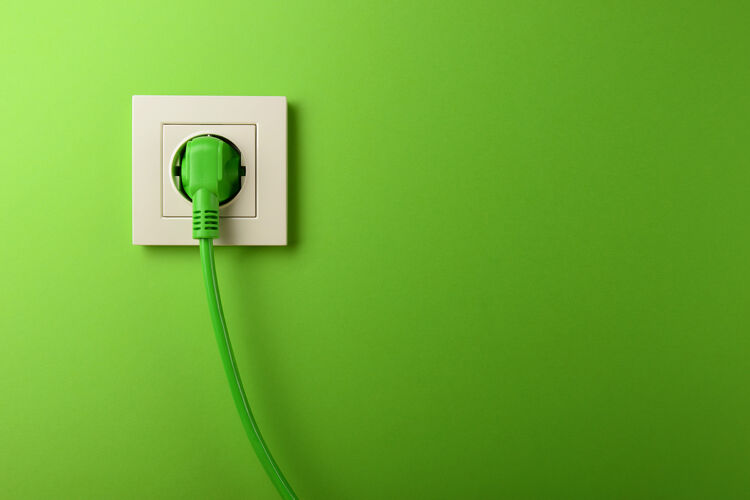swissQprint: certified energy efficiency

Fogra, the Research Institute for Media Technologies has tested the highest-performing swissQprint large format printer according to ISO Standard 20690. The results demonstrate Swiss UV inkjet system's outstanding energy efficiency.
Fogra experts that act on behalf of Swiss manufacturer swissQprint have tested a Nyala series LED UV printer according to ISO 20690 2018. This new standard specifies methods for defining the energy consumption of digital printers and therefore provides a comparison of the operating costs and ecological footprints of such machines.
Outstanding Energy Efficiency
After completing various evaluation tests at swissQprint, the Fogra experts gave an “excellent” rating regarding the energy efficiency of the Nyala large format printer. For example, the printer produces 65 square metres per kilowatt-hour in speed printing mode. This evidently has nothing to do with productivity as a Nyala can turn out a maximum of 206 square metres per hour.
Standardised Measurement
The standardised measurement includes 4 different printer statuses to model realistic system usage. To guarantee that results are consistent, the experts used 4 different printing modes numerous times with a standardised print file.
The “outstanding energy efficiency” certificate for Nyala implicitly applies to all other swissQprint machines that use LED curing due to their similar construction and particularly since Nyala is the highest-performing model in the range.
Topics
Interested in joining our community?
Enquire today about joining your local FESPA Association or FESPA Direct
Recent news

The importance of ink for large format printers
Ink is crucial for large format inkjet printers, influencing substrate compatibility, productivity, and cost. Nessan Cleary discusses the three main types which include UV-curable ink, latex ink and eco-solvent ink. Each ink type has specific strengths and weaknesses, making printers choice dependent on budget and intended applications.

What are the benefits of Direct-To-Fabric printing?
Direct-to-fabric printing is gaining popularity for high-volume textile production, enabling on-demand, customized short runs. These printers offer ink flexibility, accommodating various fabric types like cotton and silk, though ink development focuses on faster turnaround by reducing pre- and post-processing. Compared to traditional methods, direct-to-fabric inkjet printing is a more sustainable option due to reduced water and chemical usage, and localized production.

What are the opportunities for large format providers regarding digital touch screens?
Digital touchscreens are becoming increasingly common, offering businesses opportunities to improve customer engagement and streamline operations. Nessan Cleary shares, while more expensive to implement than standard digital displays due to complex software and integration needs, touchscreens provide self-service options, multilingual support, and can reduce staffing costs in various settings like retail, transportation, and healthcare.
